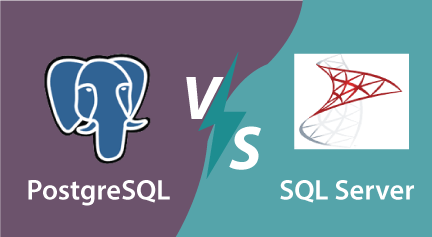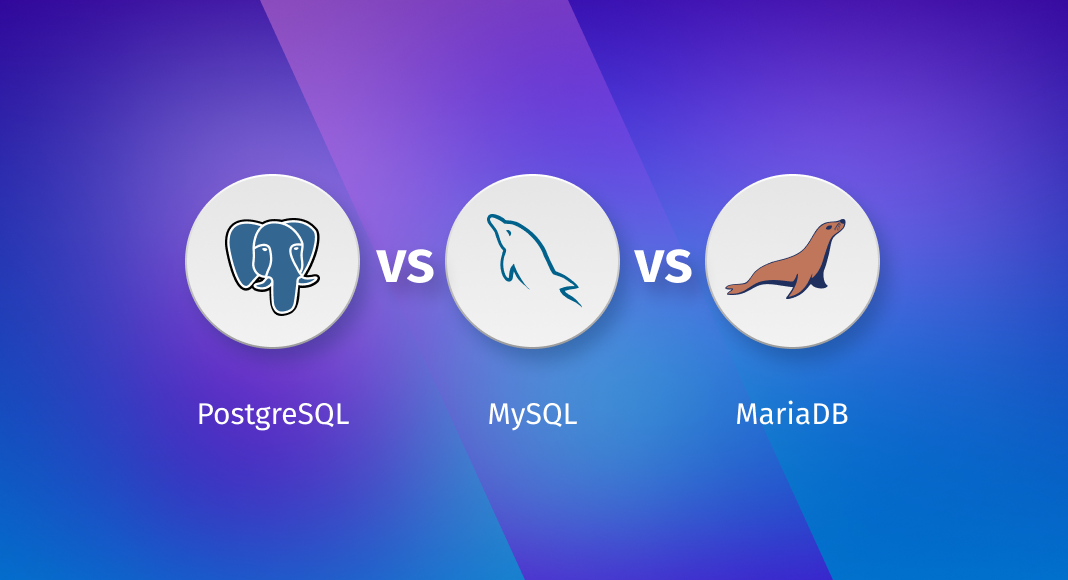

The development of PostgreSQL started in the 1980s, and this RDBMS is a successor of Ingres. Many prominent companies use it since MySQL offers several key advantages. MySQL occupies a prominent place among open-source RDBMSs. This release was launched in October 2020. Note that MySQL is available under commercial licenses too.Īt the time of writing this, the latest stable release of MySQL is 5.7.32. While MySQL is open-source, Oracle provides noticeable support to it. Oracle acquired Sun Microsystems in 2010. Later, Sun Microsystems acquired MySQL AB. Widenius and Axmark had started developing MySQL in 1994, and they first launched it in 1995. David Axmark, Allan Larsson, and Micheal Widenius had founded this company jointly.

SQL Databases MySQL: An overviewĪ Swedish company named MySQL AB had created MySQL. MongoDB, Cassandra, Redis, Memcached, and Amazon DynamoDB are popular examples of NoSQL databases. MySQL, PostgreSQL, SQLite, Oracle, and Microsoft SQL Server are popular examples of SQL databases.

Data storage model: SQL databases store data in tables with fixed rows and columns.The differences between SQL and NoSQL databases are as follows: The term “NoSQL” means “non-SQL” or not only SQL”, which we will discuss shortly. In comparison, NoSQL databases emerged in the late 2000s. RDBMSs are often called “SQL databases” since they use SQL (“Structured Query Language). Edgar Frank Codd, a British computer scientist working for IBM had invented the concept of RDBMS. “ Relational Database Management Systems” (RDBMSs) emerged in the 1970s. Which one should you use and when? Read on, as we compare these popular databases. You might be weighing between MySQL vs MongoDB, MySQL vs Cassandra, PostgreSQL vs MongoDB, and PostgreSQL vs Cassandra. Among NoSQL databases, MongoDB and Cassandra are well-known. Examples are MySQL and PostgreSQL among SQL databases. There are popular databases in both categories. Here, you think about SQL vs NoSQL databases. Your decision-making processes cover databases. As an entrepreneur or an enterprise IT leader, you are likely thinking about the technology stack to use in your planned project.


 0 kommentar(er)
0 kommentar(er)
